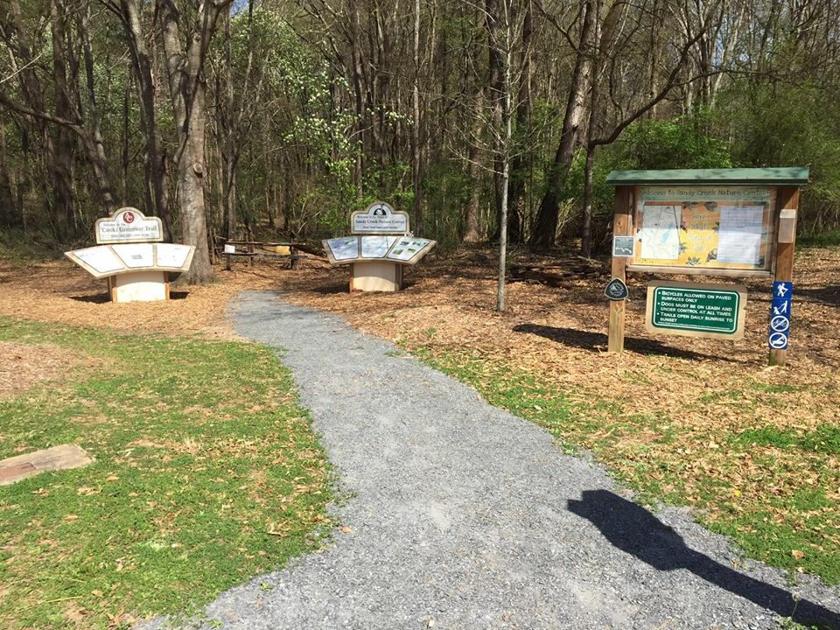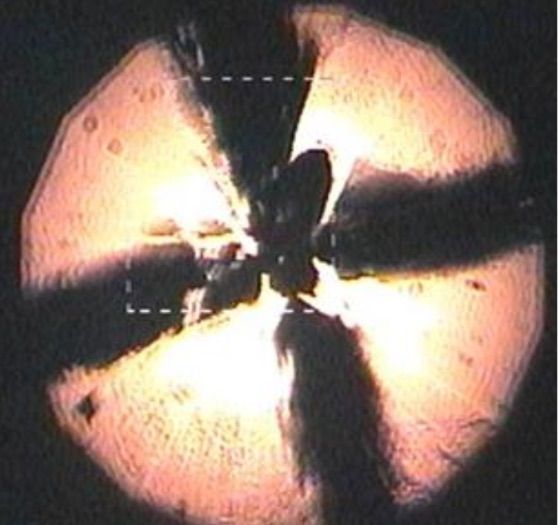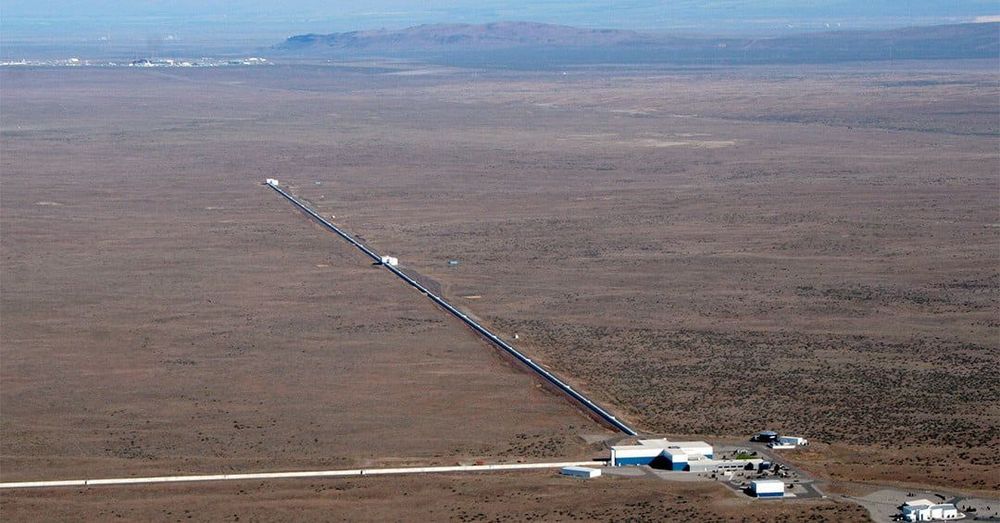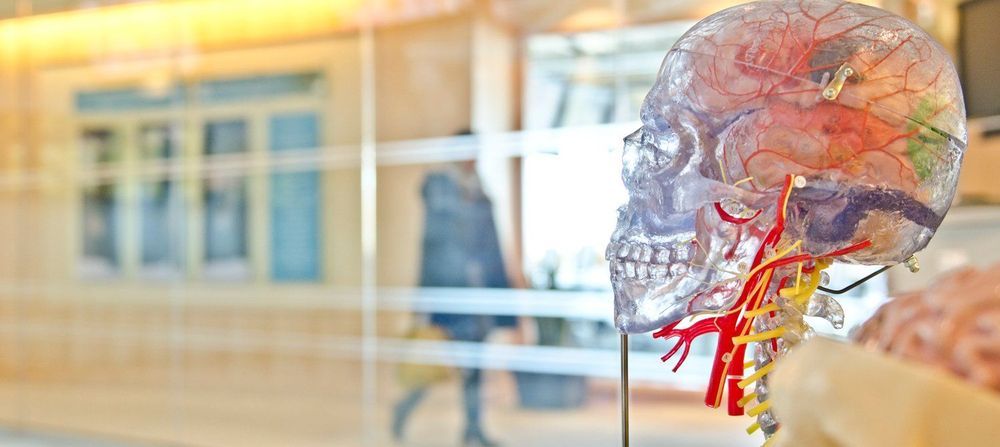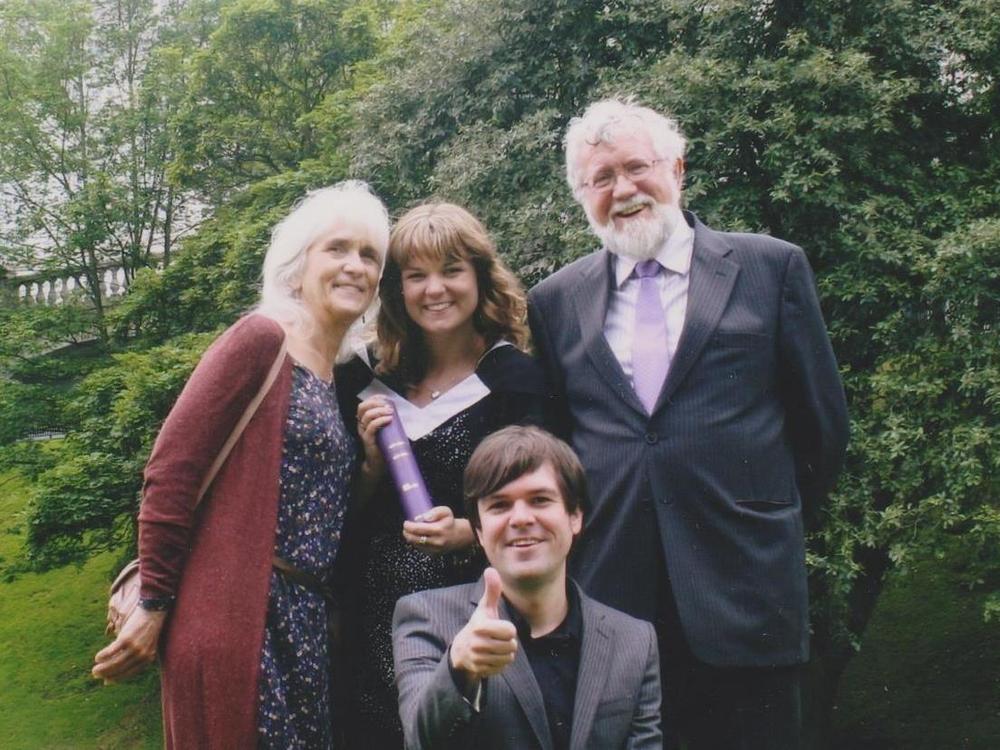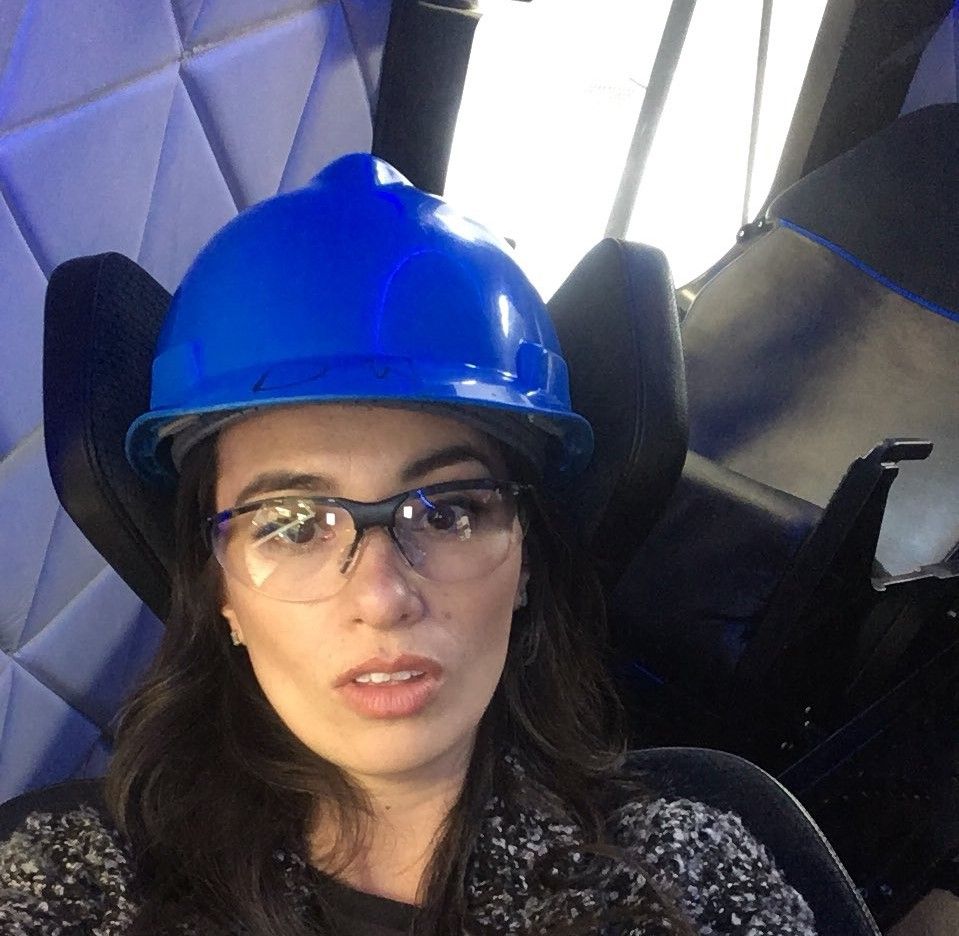The first Women in Science Open House aims to inspire young women in the STEM field.
Michelle Cash, program coordinator at the Sandy Creek Nature Center, the event has been something she has wanted to do for a long time. After speaking with an intern at the nature center, they realized now is the perfect time because of recent social movements and the increase of women in political power.
“I think this is a good time to recognize and start to make people aware that there’s women out there doing really good stuff for science and has been doing stuff for science for a long, long time,” Cash said.
